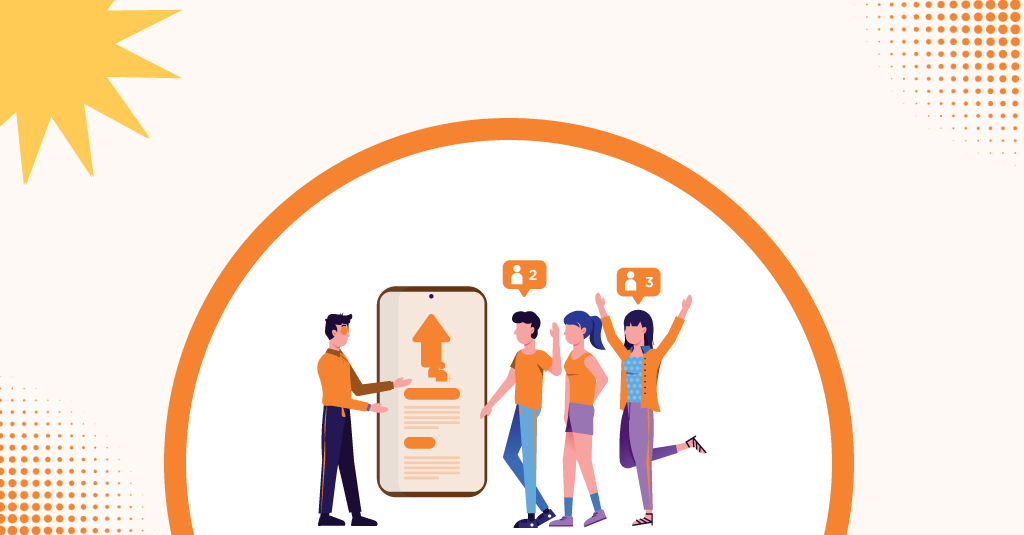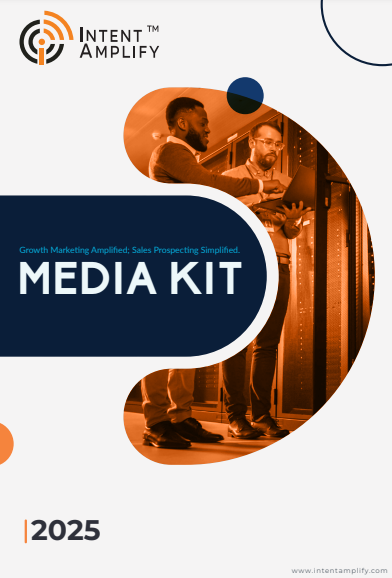
What Is Geofencing Marketing and How It’s Transforming B2B Lead Generation
- Last updated on: October 18, 2025
In a loud digital world, timing and being relevant are what distinguish winners. The traditional ways of targeting have very often missed the context – they ended up reaching prospects that were outside the right moment or location. Geofencing marketing is a technology-driven approach that helps B2B brands to deliver messages exactly when and where their prospects are most likely to engage.
Geofencing is no longer just a consumer marketing tool for technology, SaaS, fintech, and cybersecurity companies. It is gaining importance as a strategic weapon for pipeline acceleration, account-based engagement, and hyper-local demand generation.
What Is Geofencing Marketing?
Geofencing marketing employs location-based technology to set up a virtual boundary or “fence” around a specified geographical area. When a mobile device comes into or goes out of this area, it leads to an action recognized by the system: an ad display, a push notification, or data capture.
It is a way of digital proximity targeting. A geofence can be around the industry events, the competitor offices, or the corporate campuses in order to engage decision-makers in real-time. For instance, a cybersecurity vendor could geofence a major tech conference and thereby reach the IT leaders attending the event with contextually relevant ads or offers.
How Geofencing Works in B2B Contexts?
While consumer brands use geofencing to increase local store visits, business-to-business marketers employ the technology to change buying intent and speed up sales dialogues. Essentially, it is a step-by-step process as follows:
1. Define the Geofence: Choosing a location of great value – a place where an event is held, a partner site, or the head office of a competitor.
2. Deploy Tracking: The whereabouts of the users are established through mobile data and GPS signals, which also indicate when devices are going into the geofenced area.
3. Trigger Engagement: Personalized ads, emails, or content offers are delivered to those users via apps, browsers, or social channels.
4. Capture Insights: The data related to behavior and engagement collected through the interaction channels become available for CRM or ABM platforms thus, providing richer account intelligence.
With this accuracy, B2B marketers are able to tailor their communication and link the location of the customer with the intention to buy.
Why Geofencing Is a Game-Changer for B2B Lead Generation?
1. Hyper-Targeted Outreach
Often, B2B purchases are made through a committee. Using geofencing, a company can target the decision-makers that have the most influence in specific places – for instance, at trade shows or in business districts – instead of going for a broad and expensive approach.
2. Improved Lead Quality
If you are targeting only the professionals who attend industry events or frequent the business districts, you are already creating a natural filter of high-quality, high-intent leads. Such accuracy leads to the elimination of wasted ad spend and the increase in conversion rates. Geofencing can lead to a 2x increase in-store visits and a 50% increase in mobile ad engagement.
3. Stronger ABM Integration
In account-based marketing, understanding the background is crucial. When geofencing is combined with ABM platforms, it gives brands the ability to send very tailored messages to the correct recipients at the exact time, thus, deepening the relationships with the target accounts.
4. Event and Conference Engagement
What if you were to conduct a campaign during AWS re: Invent or RSA Conference that is specifically aimed at the people who are attending and are close to the venue? Such professionals get ads that are not only relevant to what they are and where they are, thus, increasing both the recall and engagement.
Geofencing + ABM: The Perfect Alignment
Geofencing enhances ABM precision by adding a location-based layer to account targeting. Here’s what that looks like in practice:
- Identify key accounts attending an event.
- Set up a geofence around the venue.
- Deliver personalized creatives that align with each account’s industry and pain points.
- Retarget attendees after the event with follow-up content or meeting invites.
This alignment turns ABM campaigns from static digital efforts into dynamic, real-world engagement strategies.
Benefits Beyond Targeting: Data, Insights, and ROI
Geofencing is not just about delivering ads; it’s about capturing actionable insights. Every interaction within a geofenced zone generates valuable behavioral data – where, when, and how prospects engage.
This data enriches CRM profiles, supports predictive modeling, and refines campaign targeting across other channels. Moreover, since geofencing operates in real-time, marketers can optimize campaigns instantly and track which locations or events deliver the best ROI.
Integrating Geofencing into Omnichannel Demand Generation
Geofencing becomes most powerful when combined with an omnichannel demand generation strategy. Here’s how:
- Use geofencing to capture event-based signals.
- Sync that data with email, LinkedIn, and programmatic campaigns.
- Leverage it for intent-based content syndication or pipeline acceleration.
This integration ensures consistent brand messaging across every touchpoint, from the first mobile impression to post-event follow-ups.
Best Practices for Effective B2B Geofencing Campaigns
To make geofencing work, precision and context must go hand in hand.
- Choose the right locations. Focus on areas with high buyer density – events, tech parks, or business districts.
- Align messaging with context. If you’re targeting a cybersecurity conference, tailor the creative to data protection and compliance.
- Respect privacy regulations. Always comply with GDPR and CCPA requirements for location data use.
- Measure everything. Track impressions, engagement, conversions, and account movement in the pipeline.
The key is not just to reach prospects – but to engage them meaningfully within their environment.
The Future of Geofencing in B2B Marketing
As AI and predictive analytics evolve, geofencing will integrate deeper into real-time intent prediction and AI-driven lead scoring. Future platforms will identify not just where prospects are but why they’re there, predicting readiness to buy. This evolution will transform geofencing from a tactical tool into a core pillar of B2B revenue intelligence.
Turning Location into Opportunity
Geofencing marketing empowers B2B brands to bridge the gap between physical presence and digital engagement. It combines precision targeting, data-driven insight, and real-world context to reach decision-makers where it matters most. For growth-driven enterprises, adopting geofencing isn’t just about innovation – it’s about owning every opportunity zone in your buyer’s journey.
FAQs
1. What is geofencing marketing in B2B?
Geofencing marketing uses virtual boundaries around specific locations to deliver targeted ads or content to professionals within that area, helping B2B brands reach decision-makers in real time.
2. How does geofencing improve B2B lead generation?
It targets high-intent audiences like event attendees or competitor office visitors—ensuring your ads reach the right people at the right time, increasing lead quality and conversion rates.
3. Is geofencing suitable for account-based marketing (ABM)?
Absolutely. Geofencing complements ABM by adding a location-based layer, allowing marketers to engage target accounts physically present at key events or venues.
4. What kind of businesses benefit most from geofencing?
Technology, SaaS, fintech, and cybersecurity companies gain the most value, as they rely on event marketing, intent data, and precise targeting to reach enterprise buyers.
5. Is geofencing compliant with data privacy laws?
Yes, when implemented responsibly. Marketers must ensure compliance with GDPR, CCPA, and other privacy regulations when collecting and using location data.




